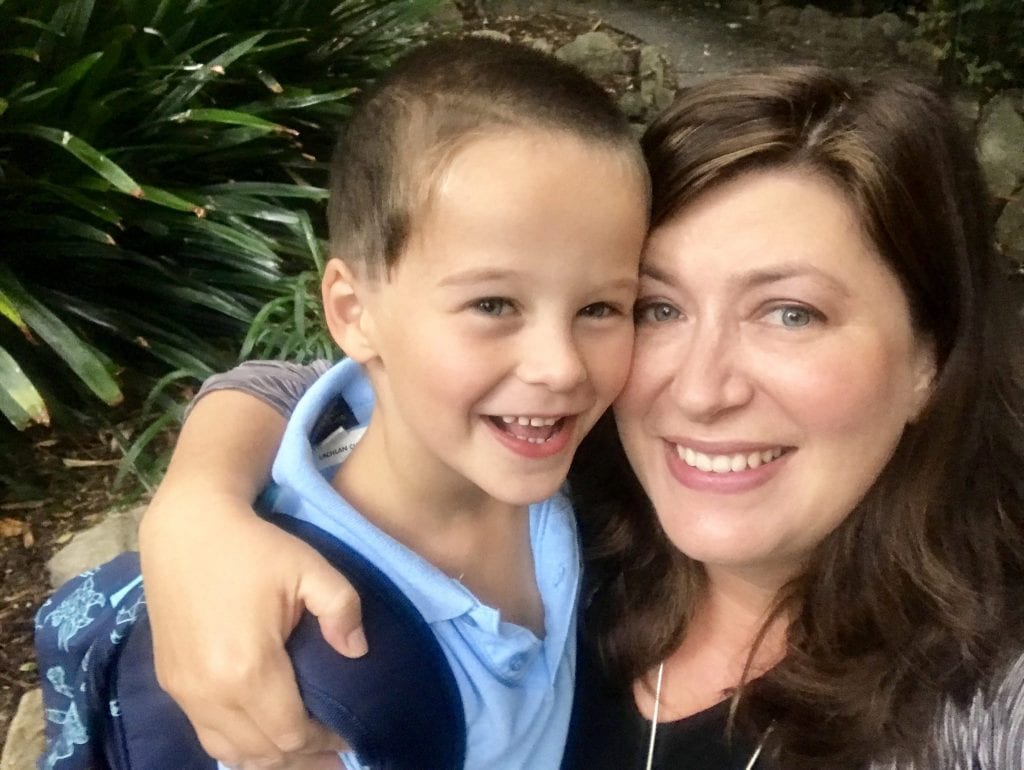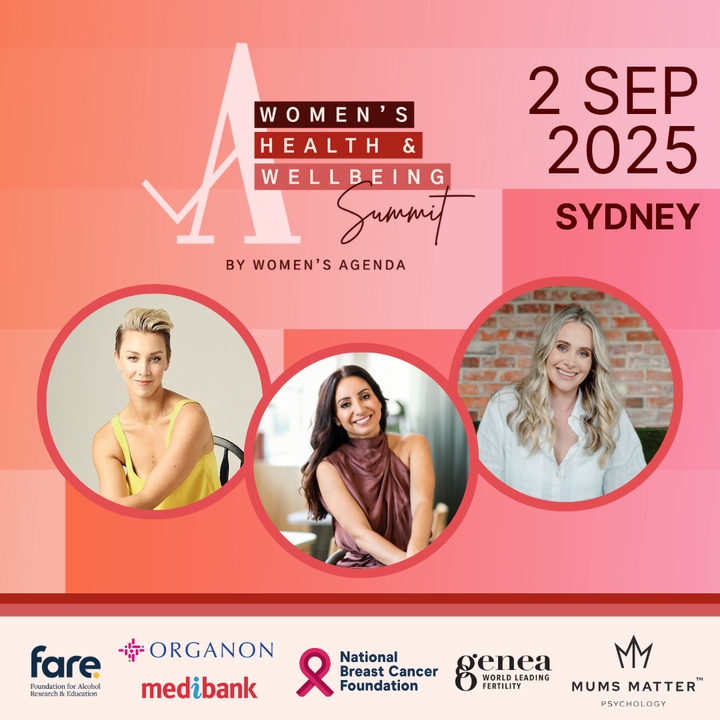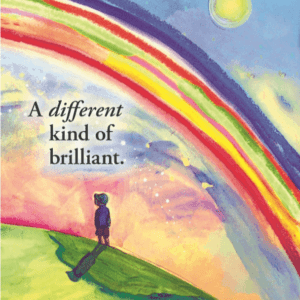Her new picture book, A Different Kind of Brilliant, aims to help children and families understand what autism is and learn how many successful people throughout history have used their uniquely wired brains to change the world for the better.
She designed the picture book to help broaden perspectives and to reach not only families affected by autism directly but to help all children accept differences.
Cummins is a single mother of one to her son Lachlan, who was diagnosed with autism at age 3. Writing the book has not only helped the author to improve her understanding of autism, but it has given her hope for the future.
“I wanted to explain that autism can have challenges but also being uniquely wired can open up a world of possibility,” she said in the below Q&A.
“I wrote the book to help my son, Lachlan, and kids all over the world to understand how their brain works and how people with autism have changed the world for the better.”
Below, Cummins answers some questions for Women’s Agenda about the road towards understanding autism after her son was diagnosed and how she celebrates his brilliantly different brain.
Can you tell us a little about your journey towards understanding autism and how you came to not only accept, but embrace the differences that often come with it?
Autism doesn’t come with a manual – and that’s the hardest part. After you receive the diagnosis you throw yourself into early intervention and research and some kids will improve a lot but unfortunately some will go backwards. I think not being clear about you future is the hardest part – and can be heartbreaking.
The best advice I received was to just focus on the next 90 days – as a Mum that’s all you can really own – are you doing the best for your child in the next 90 days? That helped with my journey to not get weighed down by negativity and just focus on what I could control.
I always embraced my son’s quirks (like carrying around a sweet potato rather than a teddy bear) but accepting his diagnosis was a lot harder.
Writing and researching my book helped me the most in terms of acceptance – to understand how his brain is brilliantly different and that will provide challenges but it’s also exciting.
Your new book A Different Kind of Brilliant is aimed at children, rather than adults. Why did you choose to try to connect directly with children?
It’s aimed at children on the autism spectrum to help them understand their uniquely wired brains – especially at a time when they may start to question why they are different.
I wanted to explain that autism can have challenges but also being uniquely wired can open up a world of possibility.
In fact many people with autism such as Einstein, Michelago, Mozart, and Darwin – all changed the world for the better.
I’ve been surprised however many neuro-typical kids have liked the book as it helps them understand autism, as so often they have a classmate with it. They also like that it is about embracing differences
Was there a specific moment in recent years that inspired you to write A Different Kind of Brilliant?
My son asked me if he was different – I decided to write a book for him to understand his uniquely wired brain is something to be proud of but also understand there will be challenges which he will need to overcome.
What are some of the most common misunderstandings surrounding autism?
The biggest misunderstanding is the generalisations people make about autism. If you have met a child with autism you don’t know about ‘autism’, you’ve actually met one child with autism.
For example, some people on the spectrum don’t speak and others can end up being professional speakers– that’s why it’s called a spectrum (like a rainbow).
What kind of message do you hope to spread with your book’s publication?
HOPE & ACCEPTANCE – for children on the autism spectrum to be hopeful for their future and for greater acceptance from the wider community about embracing differences – as it’s people that are ‘different’ that are the ones that change the world.



